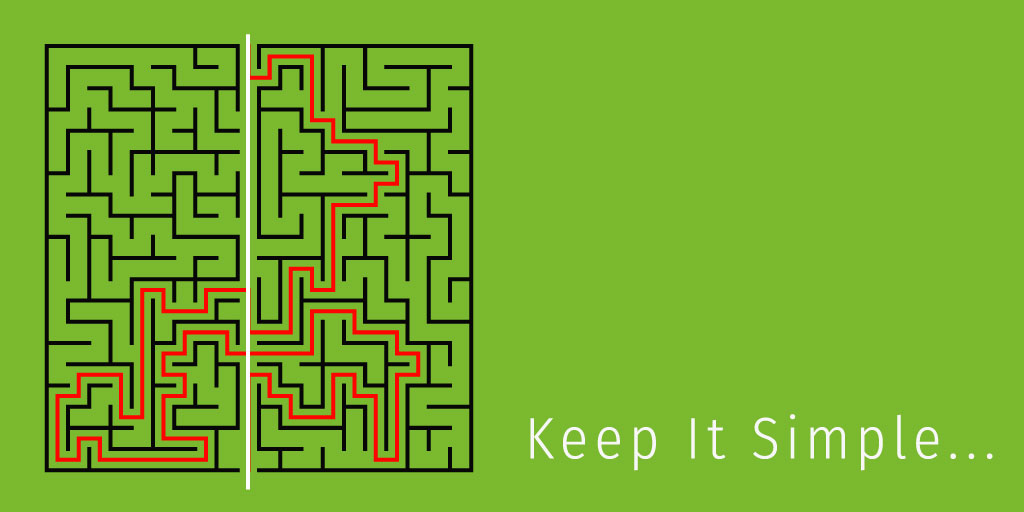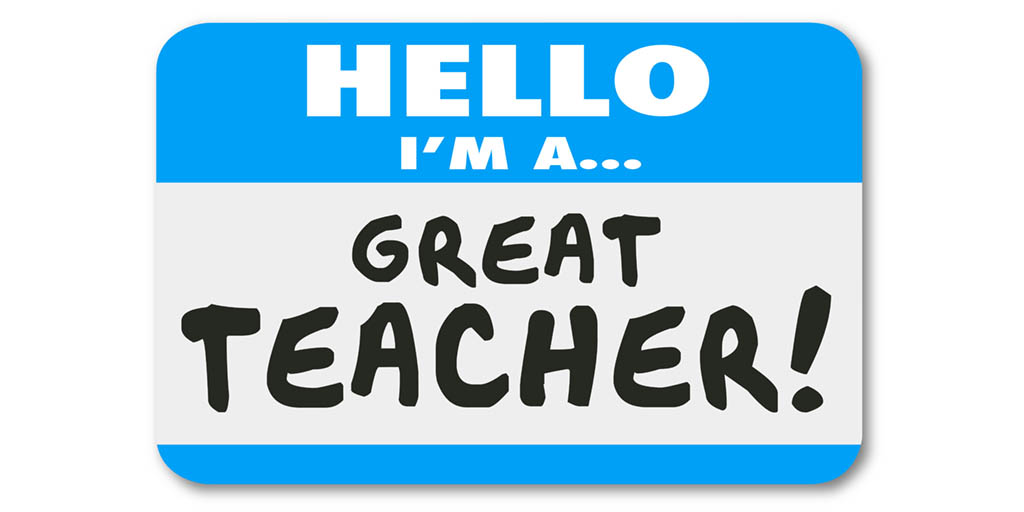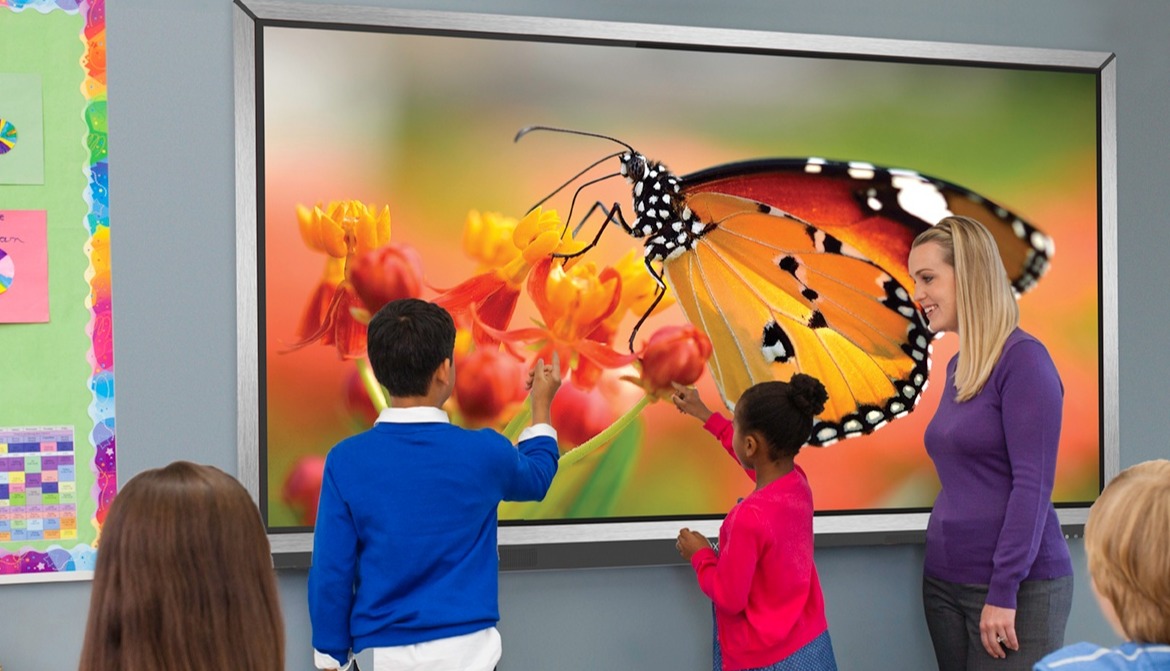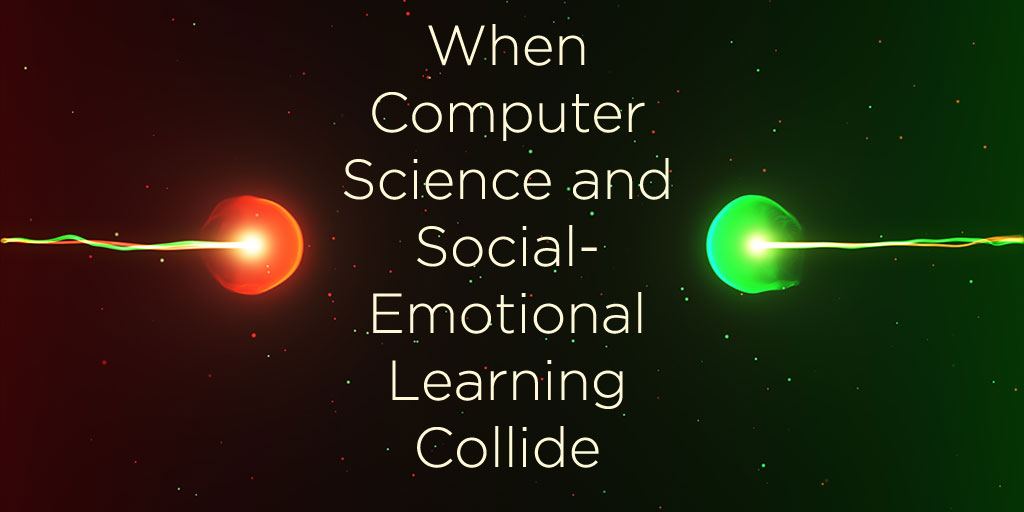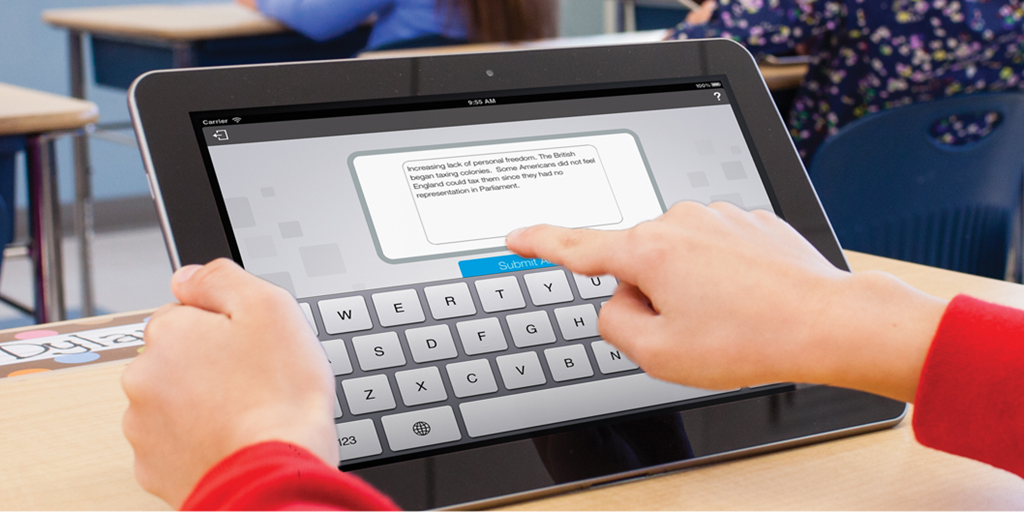There really isn't a secret formula for the best way to provide feedback to teachers—different kinds of teachers require different kinds of feedback. This can make the challenge of giving adequate but constructive feedback hard for those who provide it. Teaching can feel like a very personal and even private endeavor for teachers, so any critique or criticism about instruction can feel more personal than it probably should.
Kelly Bielefeld

Recent Posts
Being a teacher is a more complex job than ever before. The challenges and stress of the position require teachers to possess an amazing ability to manage many dynamic factors all at once. One of the best examples for this is the emergency drills that we now partake in during the school day. Years ago, there was a fire drill every month, and possibly another drill depending on where you lived—we have tornado drills in our part of the country, but I know other locations have drills for earthquakes or other natural disasters.
Topics: Administrator Resources, tips for teachers
Providing feedback to teachers can be a tricky prospect at times. Teaching, and instruction in particular, is a very personal undertaking. Getting up in front of a room of children takes a great deal of nerve at first, so as teachers become more and more accustomed to it, they tend to become more and more fixed in their approach to it.
This is a generalization, of course—not all teachers are like this. Some of the best teachers I have worked with love feedback and work hard to reflect upon and improve their instruction.
Topics: Administrator Resources, tips for teachers
Imagine you're a teacher and brand new to the profession. Although you might be very excited for the start of your career, you are probably also very nervous. With all of the new things to figure out, even the best prepared new teacher still needs a great deal of help and support. I would even contend that there's really not anything that can prepare a teacher for their first year of teaching. Even if teachers feel confident in their skills and strategies, learning from a mentor with experience is essential to their success.
In our district, we ask teachers to post learning objectives in the room so that the students can see the goal of their learning. The idea is that by posting this, both the teacher and the students will have a focus for the lesson and be able to determine at the end of learning whether they have met the objective for the day.
This clarity of learning is critical for students. It helps the teacher and the students to clarify what they are trying to accomplish. The second layer to this is to add a success criteria to the goal. This is language that shows the student how they will be able to demonstrate they have learned the objective to an appropriate degree. By adding success criteria, we then know how a student can prove learning to the teacher—and more importantly, to themselves.
Topics: tips for teachers
Twitter can be a great professional learning tool for teachers, but some teachers might be hesitant to get started. The root of this hesitancy can come from a variety of sources. Social media may not have a positive image in some teachers’ minds. The technology part can be intimidating, as well as the lack of knowledge about the tools themselves.
In hopes of encouraging teachers to get started—and possibly ease some of those fears—I have created a set of steps to get started with Twitter that are specific to the field of education.
Topics: Educational Apps, tips for teachers
In all the conversations that surround student engagement and learning, the focus almost always leans toward student activities and away from teacher-led instruction. These activities are very important to learning. As I often tell my teachers, “Whoever is doing the most work is doing the most learning.” Most of the time, we want the students doing the work. But as leaders and teachers, we can’t focus solely on what the students are doing—we have to also consider what the teacher is doing.
Topics: Education Technology, Whole-Class
Collaborating with other educators is an effective method of professional development. When teachers have time to talk, connect, and collaborate, they can expand their experience and expertise.
In many schools, finding this time can be a huge challenge. Even if teachers can find the time to meet and talk, sometimes the group is not cohesive or collaborative enough to be very productive. And other times, they might not have a person in the school who teaches the same content or grade level. Teachers who want to plan and collaborate may have few, if any, options.
Topics: Administrator Resources, tips for teachers
When Computer Science and Social-Emotional Learning Collide
Many educators would agree that there has been an increase with students displaying anti-social tendencies and a struggle with social skills over the past 10 years. There are different theories about the root cause of this, but one that I have heard recently seems very logical on the surface. It goes something like this: Adults and students are spending more time than ever interacting over devices (screens) and not face to face. This reality hurts students’ development because they are unable to interpret social cues, facial expressions, and voice inflection. This has resulted in students who struggle more with social skills like cooperation and conflict resolution than in previous generations when screen time was less frequent.
Topics: tips for teachers, SEL
At the end of a section of learning, it’s time for the teacher to create an assessment. This could be the end of a unit or chapter, but for what we are discussing today, a summative assessment needs to be created. Instruction is over, and we need to see what the student knows and has retained.
Where should a teacher start? The first question that should always be asked is, “Do I even need an assessment?” This may seem like a crazy question. “If I don’t give a test, what will I put in the gradebook?” But if we stop to think about it, not all learning is created equally. In the mind of a student, if something is tested, it matters because it is for a grade. So as teachers, if we test everything equally, we are sending the message that everything matters to the same degree.
Topics: MimioVote assessment, classroom assessment, tips for teachers


